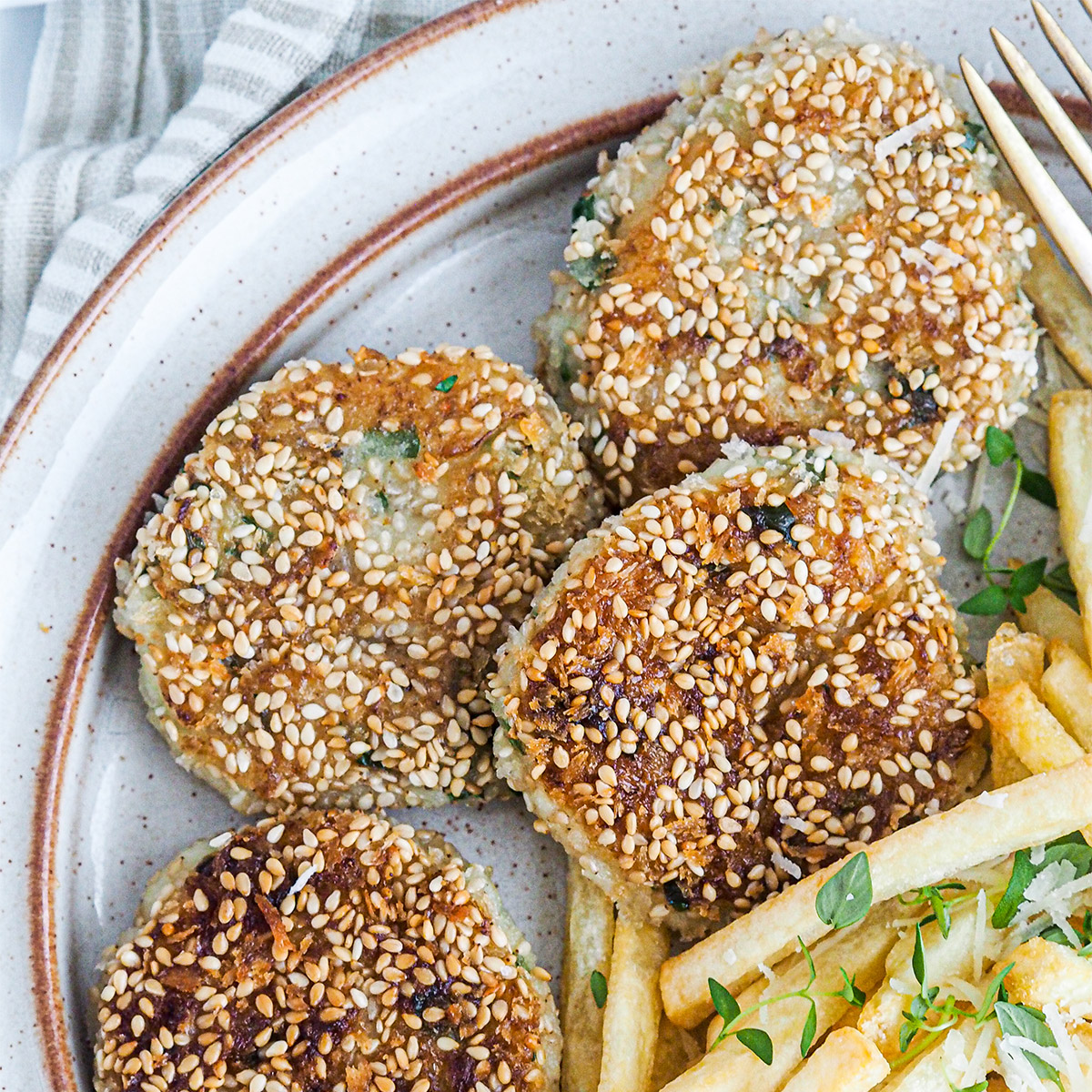Food from Sweden means good food: safe, healthy, and great-tasting food
Texts: Sven-Erik Bucht and Marie Söderqvist
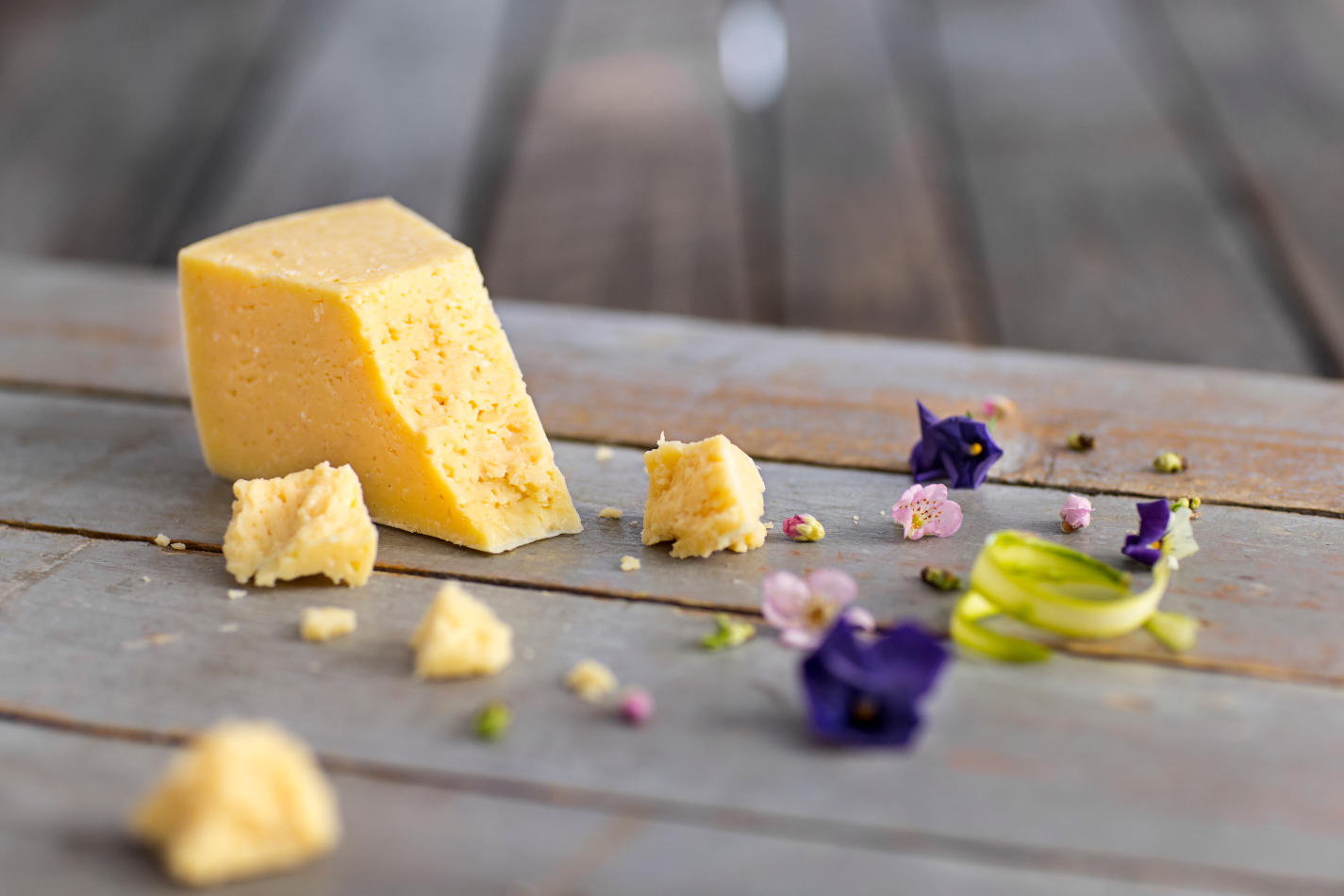
Västerbottensost Photo: Paulina Holmgren / Västerbottensost
We have farmers who know that high standards for animal welfare and the environment mean foods of high quality. As consumers we care more and more about what we eat. We do not just want safe and healthy food for our children – we want it for ourselves too. And any top chef today will tell you how vital quality is for taste.
All this simply confirms that the way forward lies in the high quality and truly sustainable production of our food – both for the consumer of today and for the generations to come.
There are more and more mouths to feed in the world. The UN predicts that by 2050 – so in one generation’s time – the world’s population will have risen by two billion to a total of 9.6 billion people. This means not just more consumers of food, but also increased sharing of the same resources. As part of this future, the Swedish government and I have great confidence in the roles our country’s food production and Sweden’s food industry will play.
Competition in the food market is, of course, extremely fierce. But Sweden has unique conditions and advantages in producing quality products, as today’s consumers are becoming increasingly conscious. Our climate allows us to limit the use of chemicals. We have good access to those key resources of land and water, as well as to the key resource of well-educated and highly trained people working in agriculture: real professionals who are acutely aware of our responsibilities towards the environment and animals. Sweden is, for example, at the forefront globally in reducing the use of antibiotics for animals, and in understanding how that is linked to high standards in welfare.
In the government, we see great potential in Swedish food, which is why we are taking a comprehensive and holistic approach to all these issues by developing an ambitious National Food Strategy. This will involve production throughout the food supply chain – for both primary produce and processed foods. It will be based on competitive primary production that can meet the demands for safe and healthy products. The potential is huge, in further processed products as well as in those with clear added value, such as organic products.
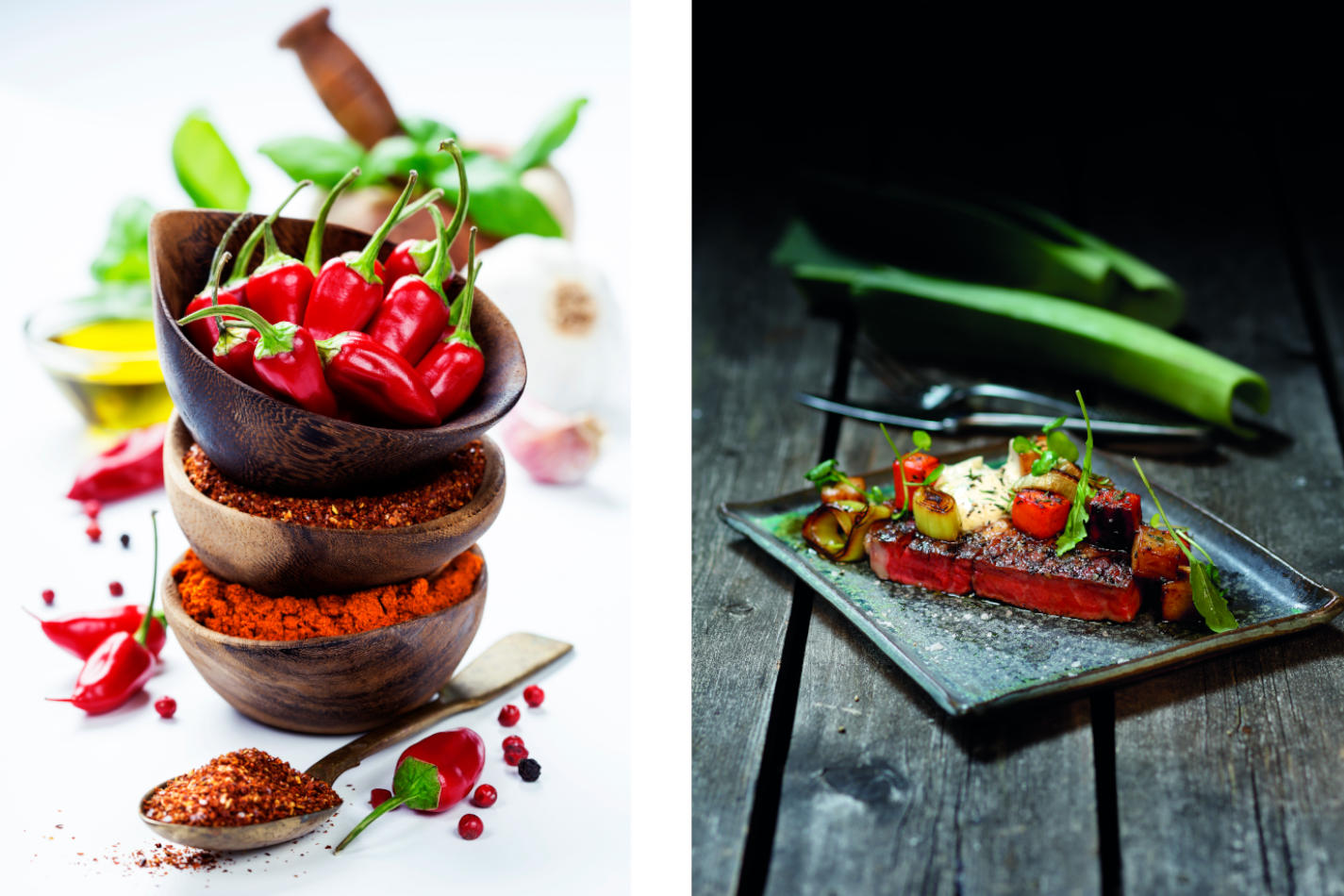
Left: Photo: Solina Group | Right: Svenskt Butikskött Photo: Svenskt Butikskött
In order to boost the production of Swedish food, we are also drawing attention to the export opportunities for small and medium-sized producers. We are confident that consumers in other parts of the world are willing to try more of Sweden’s foods.
The perspective of the consumer is central to working with this strategy. The production and processing of food must match what consumers want, and even if these consumers are not a homogenous group with the same demands, we can see clear trends emerging – trends that are not always so different between Sweden and Italy, the US or China. Clearest of all is the increasing demand for safe and healthy food.
Consumers also want to be better informed with information they see as relevant – from country of origin to calorie content. In Sweden, we also have the Green Keyhole symbol as a label for healthy choices, adopted by several neighbouring countries and attracting interest in other parts of the world too. What is important is that the information is clear and enables consumers to make healthy choices. Because we must also remember that the health perspective is not just a choice: it is vital. So, besides giving consumers the tools to make healthy choices, research and innovation have key roles to play for new and even healthier products, just as they do in more sustainable production.
And we must not, of course, forget about taste. Taste is – and should be – a fundamental part of the food we choose – and of eating well. I am truly proud of the excellent cuisine that is thriving in Sweden with our world-ranking chefs and restaurants. And this culinary experience and expertise will of course inform and flavour our work with the National Food Strategy.
I can also see great potential in developing tourism linked to our cuisine, food and culture, in hunting and fishing, and in nature-based ecotourism. Sweden has so much to offer in these areas.
So with Sweden’s National Food Strategy we can both boost the production of great food and create more jobs throughout the entire chain of production. We want to give more people the chance to discover Swedish food and Sweden as a true culinary destination. And we want to take a full part in making global food production more sustainable.
For truly good food – and great food – from Sweden.
Sven-Erik Bucht
Sweden’s Minister for Rural Affairs
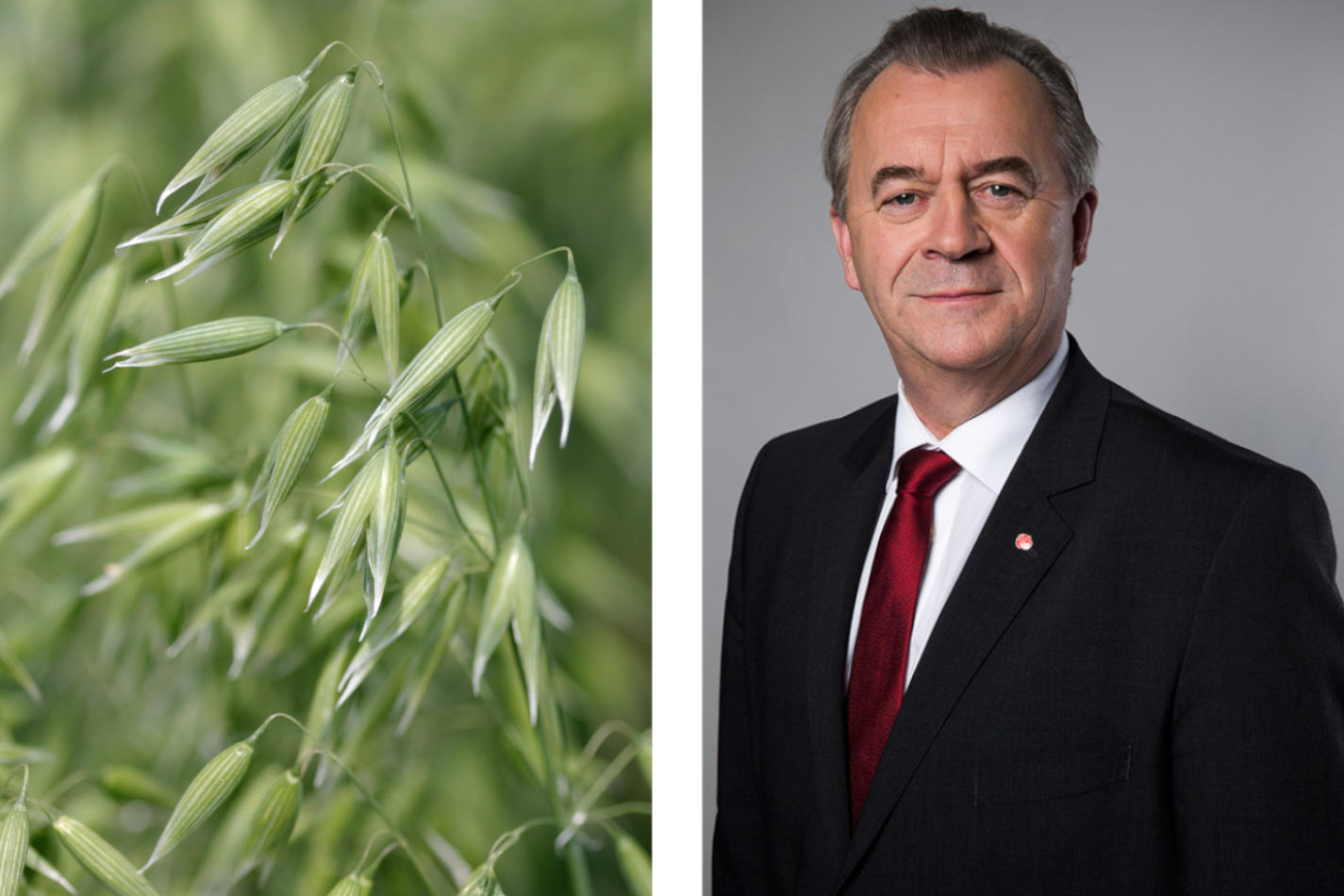
Left: Lantmännen Photo: Staffan Erlandson| Right: Photo: Kristian Pohl/Regeringskansliet
As I am writing this, I am sitting on a sunny beach in India. I have spent the past week attending a leadership course combining ayurvedic food with management. Ayurveda really means knowledge of life and is an ancient idea about food as medicine. By eating right, you keep diseases at bay. In addition, one should get a moderate amount of exercise, the physical activity in the Indian version being yoga. To put it simply, to achieve wellbeing one should eat lots of freshly cooked vegetables, fruit and berries, exercise moderately and make time for reflection. Indians have been saying this for 5,000 years now.
The latest research on food and health says almost exactly the same thing. Eat colourful fruit, vegetables and berries, eat according to the seasons and get exercise, and you will improve your chances of staying healthy and living longer. This deep-rooted or ultramodern (depending on what way you look at it) food doctrine translates to Sweden quite easily. Enjoy all our Nordic, colourful vegetables, such as beets, asparagus, spinach, blueberries, lingonberries, strawberries and red and black currants, and the Scandinavian oat, considered to be the best in the world.
If you do not wish to stick to a vegetarian ethos, Swedish meat is the most antibiotic-free meat in the whole world, and our chicken is free from salmonella. We could create an entire health creed based on the products produced in Sweden – and attempts have been made. When a test group had to live off Nordic food alone for one month, the participants became both healthier and lighter. All easily measurable values, such as weight, cholesterol, blood pressure and blood sugar, changed for the better after four weeks following a selected Nordic diet.
We in the Nordic countries are simply very good at producing food. But we are not very good at spreading the word about it and conquering the world with it. While other countries establish their cuisines and products everywhere, we are still reasonably cautious in Sweden. A bit too ’lagom’ (lagom is a near-untranslatable Swedish word meaning just perfect, balanced or moderate, not too little and not too much). The law of Jante, which deems individual success and achievement as unworthy and inappropriate, still has a firm hold on us, and we are afraid to boast to the world that we really are the best. Pretty much the best in the world when it comes to producing food.
It is often said that less talking and more doing is a good aim or, as American films would have it, that one should walk the walk, not just talk the talk. But in Sweden, it is actually the complete opposite when it comes to food. We should start to talk more about our fantastic products, which are both tasty and healthy.
Marie Söderqvist
CEO, the Swedish Food Federation
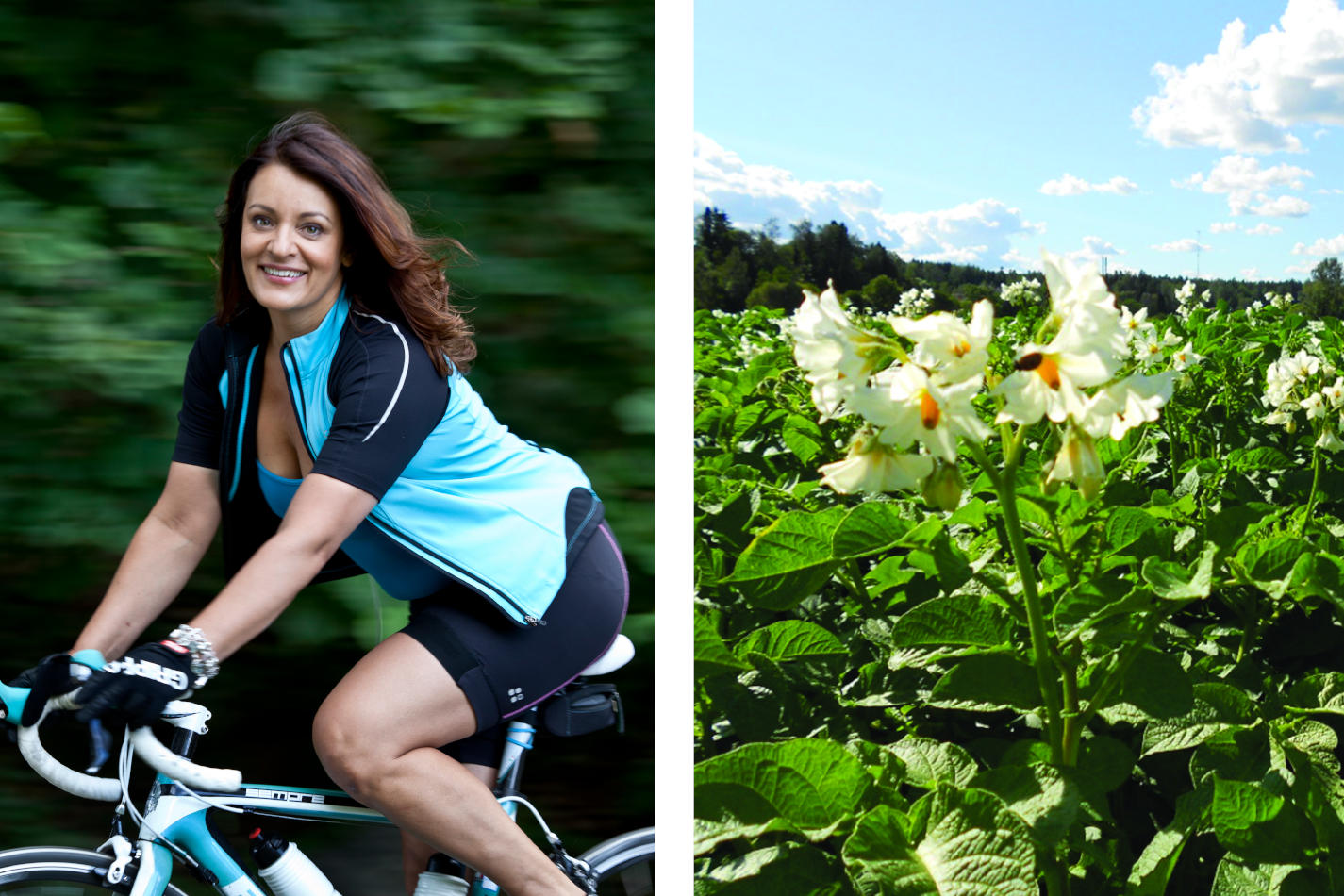
Left: Marie Söderqvist, CEO of the Swedish Food Federation. Press photo| Right: Photo: Svenska LantChips
For more information, please visit: www.livsmedelsforetagen.se
Subscribe to Our Newsletter
Receive our monthly newsletter by email


